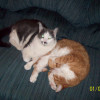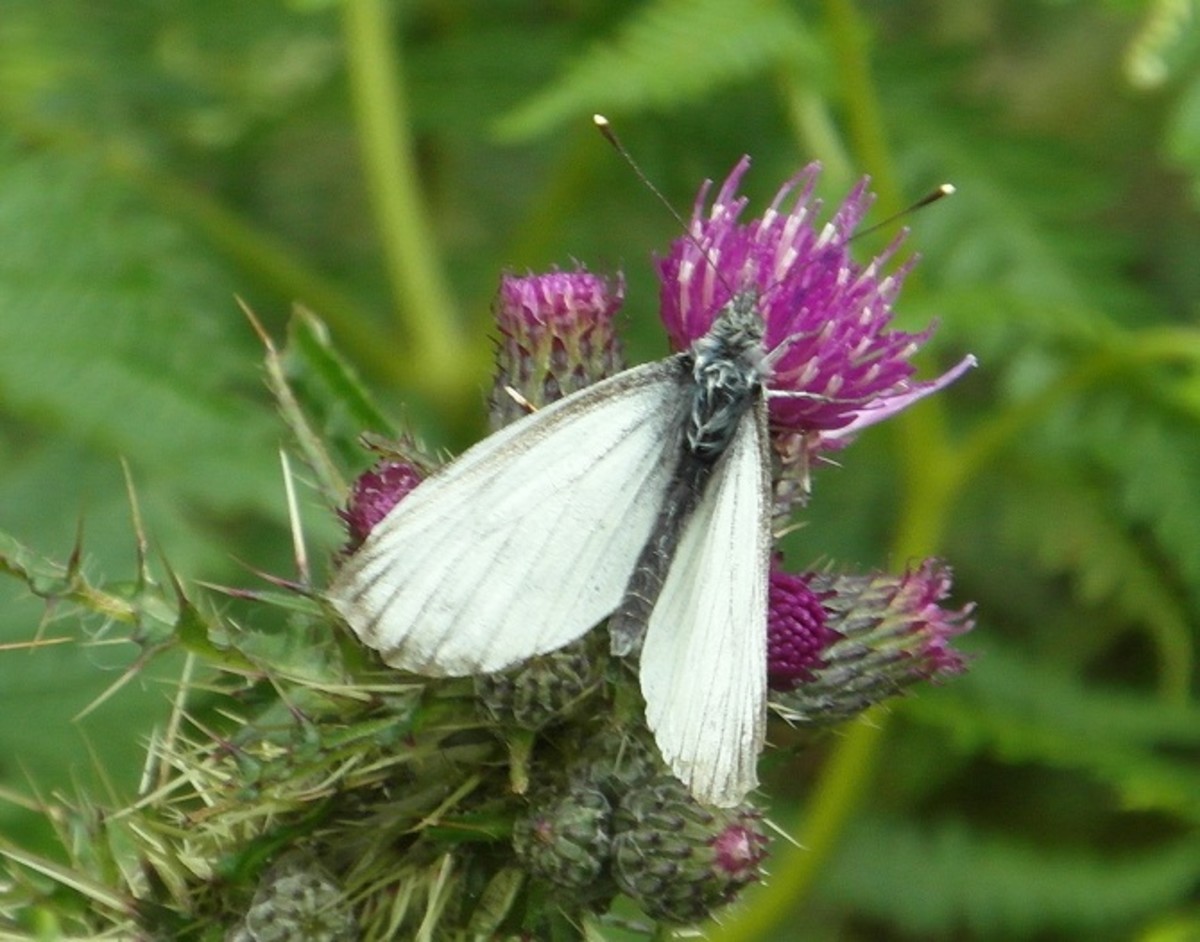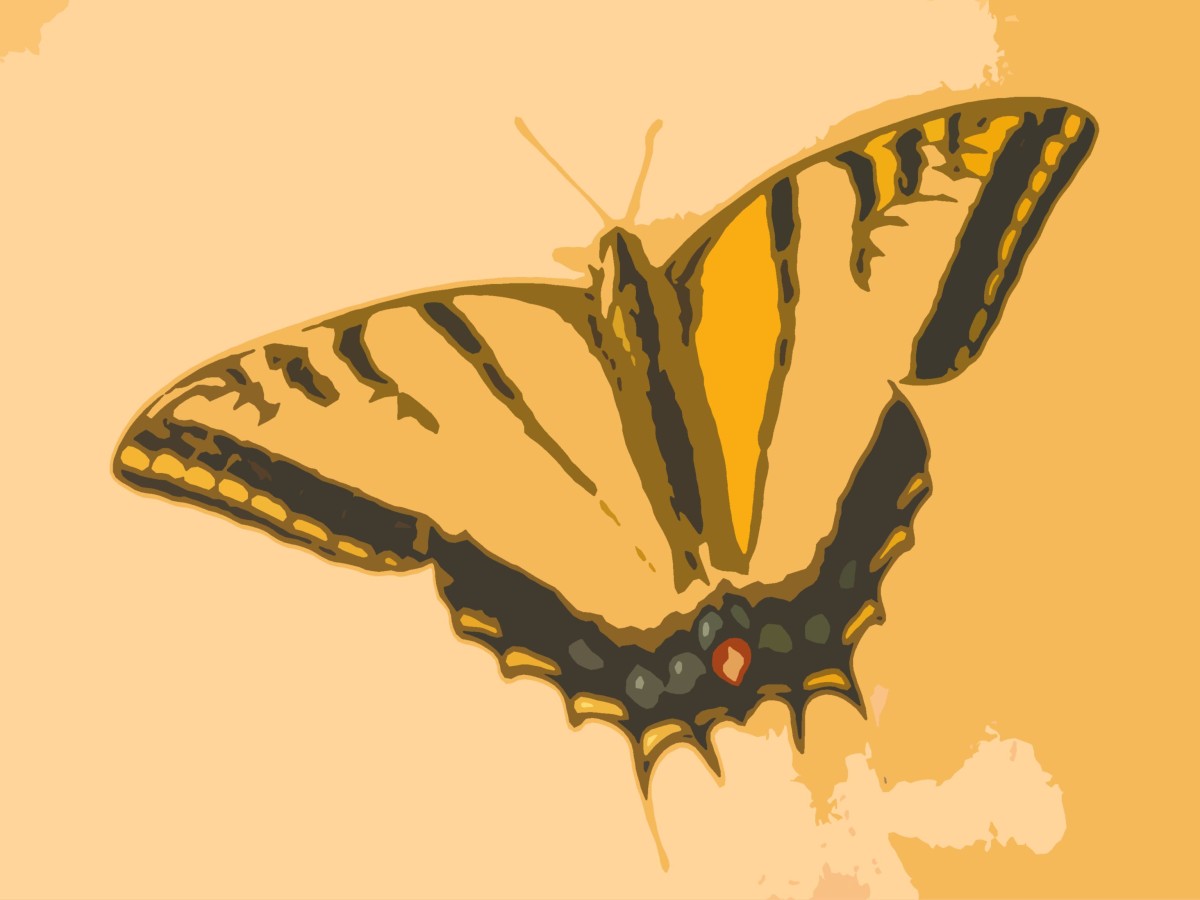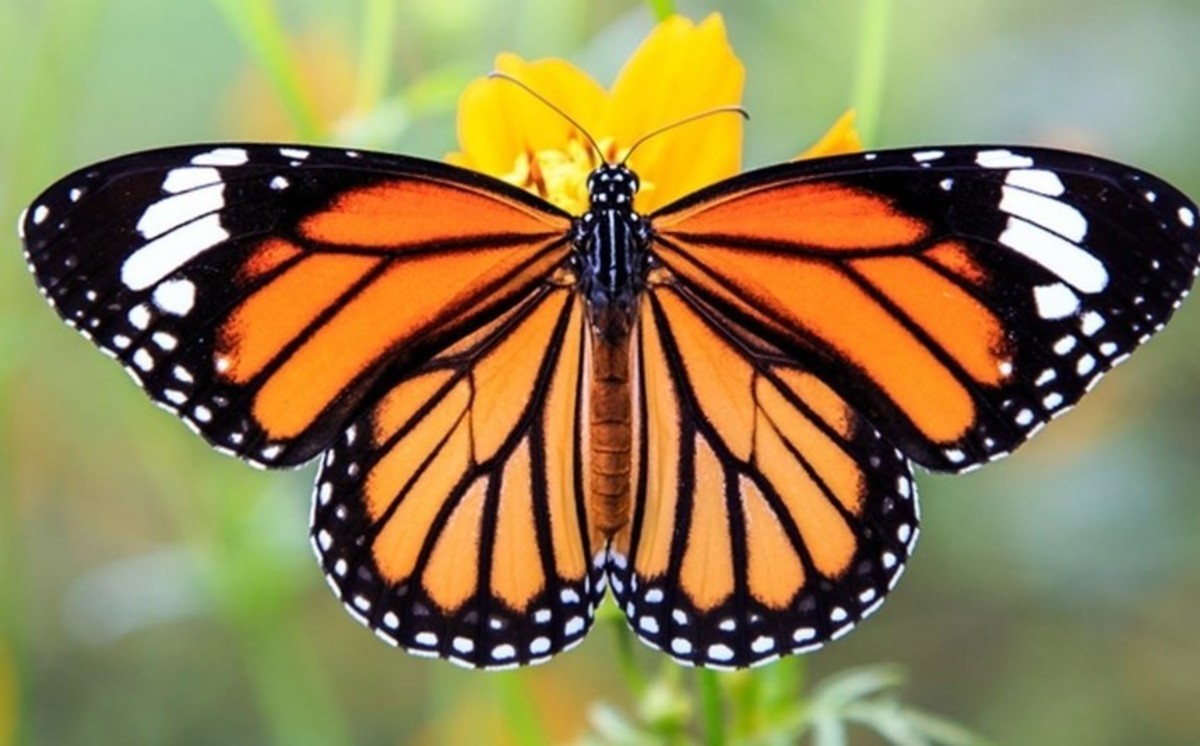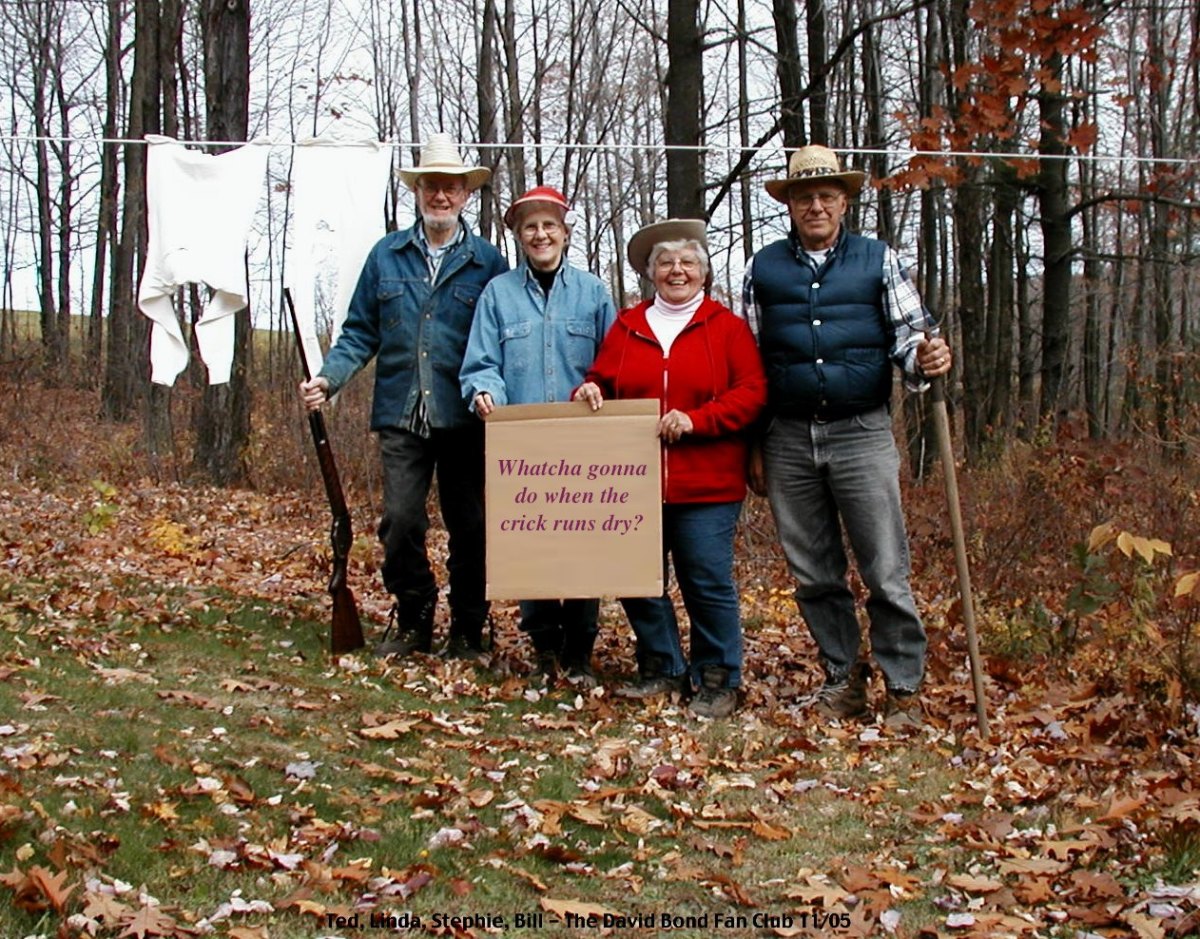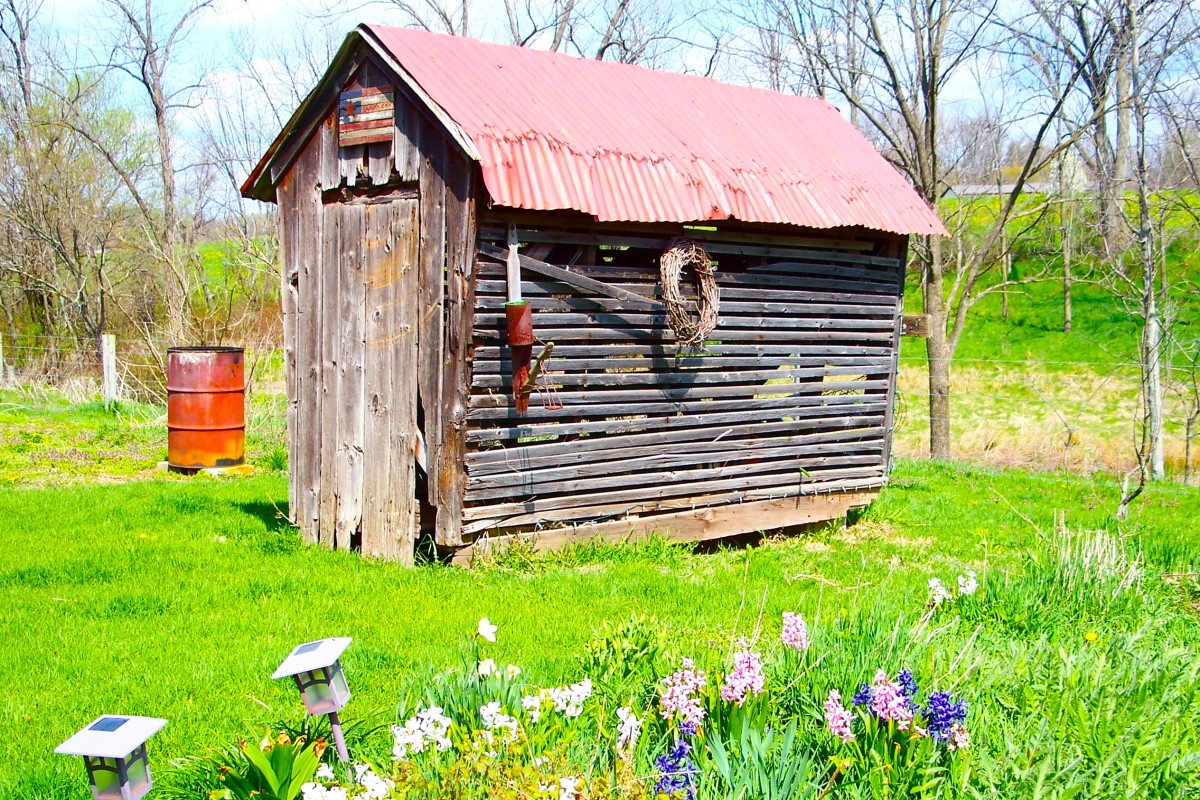Coquina Shells -- Beauty of Butterfly Wings
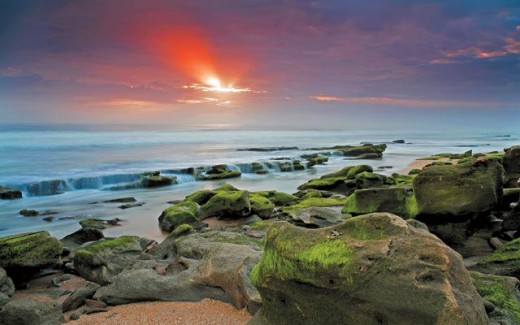

Coastal Shores
Coastal shores are so appealing, giving opportunity to visit any seaside resort and walk along the ocean edge. Just walking or lounging in the sand, enjoying the cool, warm breeze and the sun aiming right at you. Although the sun can be very hot, being by the ocean, seems to cool those rays.
How often has anyone took a stroll at the beach and see all the seashells? And, collect some to take home? Maybe go as far to craft something out of them? In awe, the sizes, leaving a thought about how tiny some of those shells really are. Good possibility the tiny shells are from the Coquina Clams ?
Walking at a slow pace, knowing there is nothing more pleasurable to do, than to enjoy every second and minute of being at the enormous beachside and right where the non settling cool ocean waters rolls up over your feet, the waves are saying welcome to this sunny paradise, the seashells are being noticed in the sand as you walk. Of course, the shapes and sizes are plentiful. Shells half buried in the sand, some laying loosely. A person retrieves an eyecatching shell that's laying in the sand, its hard not to notice the tiny, little, colorful shells laying there that resemble butterfly wings. The huge movement, of the rumbling waves picks up thousands of these tiny, colorful shells taking them out to sea and returning them back to land to give them a home to rest in the sand. They will move with the tide and the on going rush of this massive ocean, flashing multicolor patches. Colors from bright shades to deep purples, rose colors and shades of blue. Discover them as they emerge and quickly grabbed by the rolling sea.
These tiny shells, when not opened, are called Coquinia Clams.
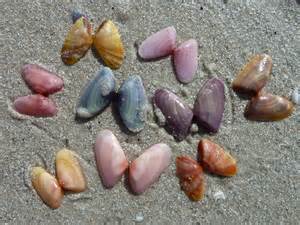
Coquina Shells when opened Resembles Butterflies
Chasing butterflies in the sand
Coquina shells scattered over the watered land
Turf rushing, water force
Surf quickly, graffiti paint
Tide again, still shells, not quaint
Attraction at the waters edge
Curious tiny conquina clams
Tides roll in, sand draining
Turf on seabed being dredged
Silent falling, show of wings
Graphic, vague, vivid shades
Free, perceived, full of harmony
Current, winds drive, energy, move
Tumble, rolling, they glide
Rushing water, birds fly
Cool breeze brushes by
Chasing butterflies in the sand, ocean ride
Emerge, define, express with wings
Tide, action, play
Stay

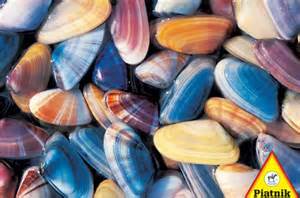
Listen to the Sounds
Sounds pleasant to the ear
Dynamics, music
One could bare
Excitement, glee, reach for a mile
Cheerful, heart full
Sing happy all the while
Driftwood along the way
Holding Coquina clams from the sandy floor
Ramble, casual, aimless
Crushing waves, wildly path is strayed
Rises, lowers, further away
Leaving numbers of colorful wings
Conquina clams that it brings
Beauty of wonder with sound
Strong with power
Not solid, and
Waves with foam
Silently lays to the ground
Chasing butterflies in the sand

A Little info about what Coquina Clams are about
Coquina clams are very small, that is held with very colorful shells. The clam meat is very little, inside the shell, and is very tasty. So to get even an ounce, one would have to get a lot of them.
Found throughout the world, at all the beach sides. Along the Atlantic southeast, as well as the California coastal lines.
If traveling northeast, along the coast, from Long Island to Washington State, travel as faraway to France going to Australia, one will find Coquina Clams where there is natural sandy beaches with turf. The clam will be no longer than 1/2 inch. They live in colonies just below the surface of the sand in the area of the beach, usually where the sun is exposed twice in a day.
The American Pacific coast it is known as Bean Clam or Wedge Clam. Travelling to France these are known as Tellin or Telline. Now, in Australia, these clams would be called, or known as Pipi-Goolwa, Cockle, Coorong Cockle, Ugari and Eugarie. To think something that taste so great, if a person enjoys clams, would have so many names to be called. Sure glad I live in America to remember them only as Coquina Clams, besides living on the Pacific coast another name as mentioned Bean or Wedge Clam.
